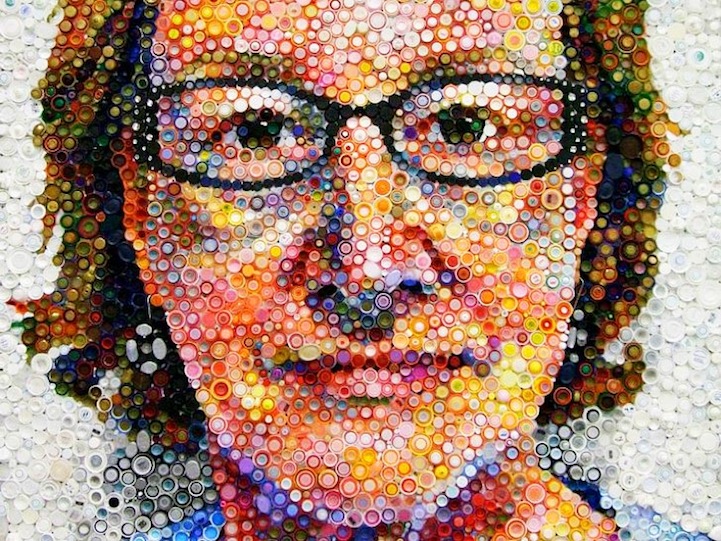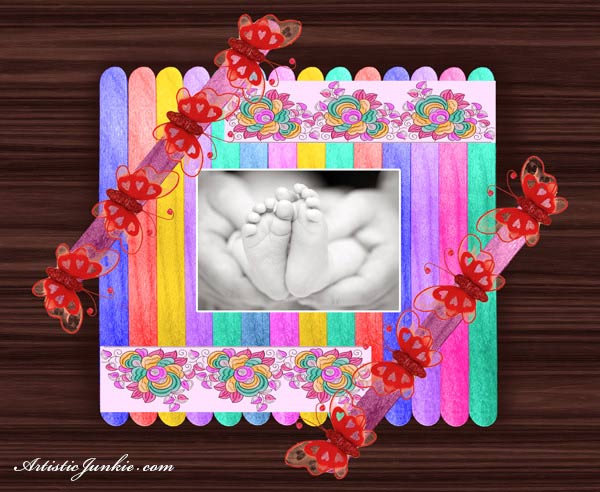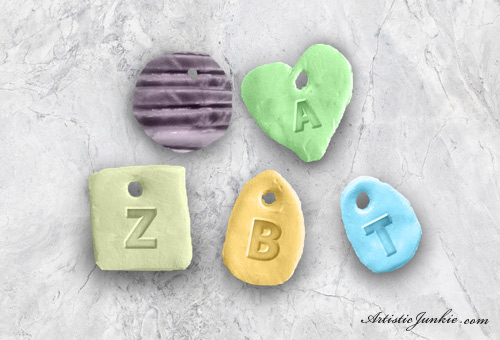Smart Mugs
Thermochromic pigment changes color, and/or turns clear when it reaches a certain temperature. Pretty cool right?! This particular technology has been around since the 90’s but was mainly used for industrial purposes because of known toxins in the formula. Within the last year or two, scientists have developed a new non-toxic formula for thermochromic pigment, making it much more available to the average consumer or artist.
Totally excited and inspired by the TED talk, Ryan and I started brainstorming different creative applications for this fun new technology. Our first project is a series of thermochromic coffee mugs, or what we like to call “Smart Mugs.”
We researched where to get the pigment, how to mix it, how to apply it, and everything in between. Turns out that making custom mugs is an expensive endeavor, not to mention custom thermochromic mugs. In order to do this right, we need to raise money to buy all of the equipment so Ryan and I have created a “Smart Mug” Kickstarter Project to help fund our idea. So far we have created our prototypes the hands on, do-it-yourself way but now we’re ready to do it the “legit way”…
First things first, we had to get thermochromic pigment, and mugs. Solar Color Dust is the best place, where you can get these pigments at an affordable rate. They have a ton of variety and even though the pouches look small, it goes a long way. Knowing that we were going to mess up, we loaded up on dollar store mugs; I seriously think we bought over 100 mugs… Anyone need any mugs?… We measured the height and circumference of the mugs to come up with our workable space for the designs. We had to make sure that whatever we put onto the mug covered its original design. Ultimately I came up with a bunch of designs that we thought would work with the thermochromic pigment.
We printed out the designs using premimum matt photo paper and/or full page sticker labels depending on the design (read below for behind the scenes of each design). Once the designs were printed, we taped them on a large piece of cardboard and prepped them to be painted. I organized the designs by the color of paint that was going to be applied for the top coat. So all the blacks were together, all the blues, and all the reds. We coated each design with MinWax Polycrylic to protect them from the paint. Use a flat one inch acrylic paint brush. It applies the paint way more evenly than a normal paint brush which was a bummer to figure out the hard way. Once the Polycrylic was completely dry, we mixed up our thermochromic powders in with small amounts of clear polycrylic. If you don’t have a scale that can weigh out grams, this will be a trial and error process. If the Polycrylic was too thin we added more pigment, if the paint was too clumpy, we added more polycrylic.
If you plan on playing with thermochromic pigments, make sure to stir and really mix in those pigments. If you see tiny little grains when you paint it on then continue to mix. The paint should go on really smooth and seamless. The pigment will stain your paper if you don’t stir it well enough, which is why some of our prototypes may still hold some color even after the pigment reaches its changing temperature. Once the designs were painted with their thermochromic coat, we trimmed the excess paper and then lined the back of each piece with double sided tape or scrapbooking tape. Once a design was ready, we carefully lined up one edge of the design to the handle of the mug.once the edge was fastened, we pulled the paper taught and wrapped in around the mug at the same time. It was inevitable that we were going to get some odd wrinkles, but it got to be quite frustrating at times.
Some of the mug designs required some stenciling. Stenciling is actually a lot easier than you would think. I Print the base design first on Matte photo paper. I print the stencil on label paper. You can buy full sheet printable label paper at any Office Max or Staples. Take an exacto knife and carefully cut out your stencil on the label paper. Peal it, and place it wherever you want it to be stenciled. For example, on the fully charged mug, I printed out the base image above. I printed out the same image (with an outline of the plug) on sticker paper. I cut out the bolt and the plug and placed them right on top of the base image. Then I applied the black thermochromic paint, and painted over my stencils. Once the black was close to dry, I pealed off the stencils, and applied the red thermochromic paint to the bolt with a very small paintbrush.
LINK TO “SMART MATERIALS” TED TALK




